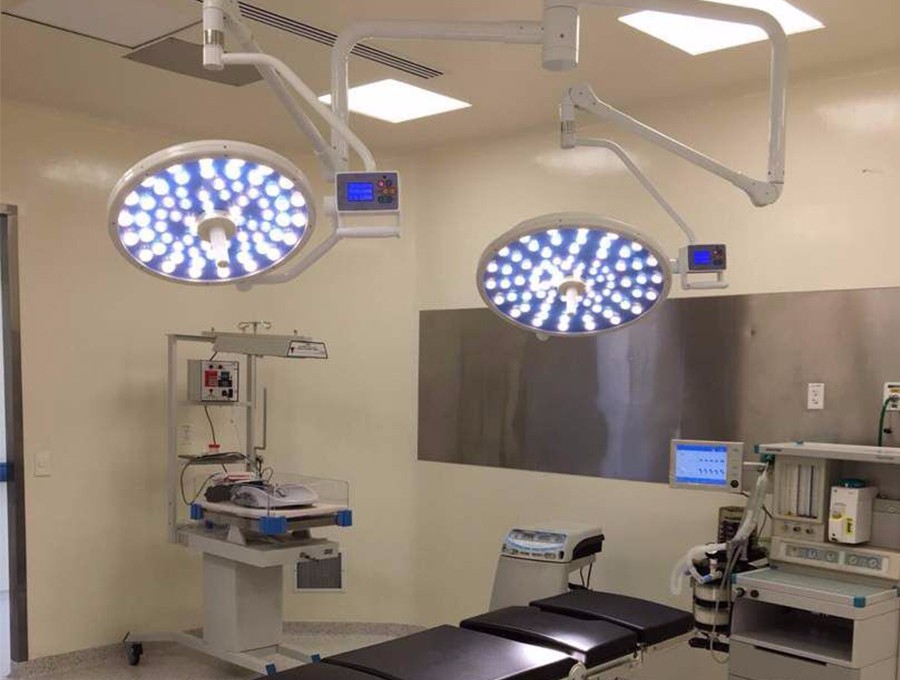Operating tables and surgical lights are indispensable equipment used in operating rooms. They provide surgeons with a stable, adjustable workspace to perform surgical procedures safely and effectively.
Operating Tables
The main function of an operating table is to support the patient’s body in a position that gives the surgeon optimal access and visibility during surgery. Modern operating tables:
Ergonomics and Adjustability
Operating tables are designed to be highly adjustable so that surgeons can easily change positions and access different body areas as needed. Tables have sections that can be tilted, folded, bent or rotated electronically using motorized controls. This allows patients to be adjusted seamlessly into positions like lithotomy, lateral or prone without difficulty.
Surfaces and Padding
Comfort and safety of the patient are top priorities. Tables have soft, waterproof cushions and mattresses made of breathable materials. Antibacterial, disinfectant-resistant surfaces facilitate cleaning. Some newer tables have gel or air-assisted padding that distributes pressure evenly to prevent bed sores.
Accessories and Attachments
Operating Tables and Lights come equipped with protective side rails, arm and leg supports. Additional accessories like self-retaining retractors, holders and trays are available for instruments and amenities. Specialized tables for neuro, orthopedic or bariatric surgeries have reinforced structures and higher weight limits.
Imaging Integration
Many modern tables are “C-arm friendly” with sliding or retractable tops. They integrate easily with medical imaging equipment like MRI, CT or fluoroscopy machines required during surgeries. Special radiolucent tables allow full body scans without interference.
Surgical Lights
Surgical lights play a critical role in illuminating the surgical field and enabling surgeons to see internal tissues, organs and perform intricate procedures clearly. Advances in lighting technology have enhanced their functionality.
Brightness and Beam Properties
Recent Operating Tables and Lights deliver superior brightness of 80,000-120,000 lux with shadowless, shadowless, glare-free illumination across a large field of view. LED and Xenon light sources produce white light that accurately depicts colors and tissue properties.
Maneuverability
Lights have multiple flexible, counterbalanced arms for easy positioning overhead or on the sides. Motors precisely control beam direction and focus. Sterile handles allow staff to maneuver lights without touching non-sterile parts.
Integration and Controls
Many advanced lights integrate with central room controls. Surgeons can adjust brightness, zoom and other settings using sterile footswitches located right by the operating table. Some next-gen lights have integrated cameras, recorders and wireless connectivity as well.
Adoption of New Technologies
Both operating tables and lights continue to embrace new technologies like IoT, AI and robotics to deliver enhanced performance, usability and safety in operating rooms. Use of automation, telemetry for remote monitoring and machine learning algorithms holds promise to transform surgical workflows.
*Note:
1. Source: Coherent Market Insights, Public sources, Desk research
2. We have leveraged AI tools to mine information and compile it



